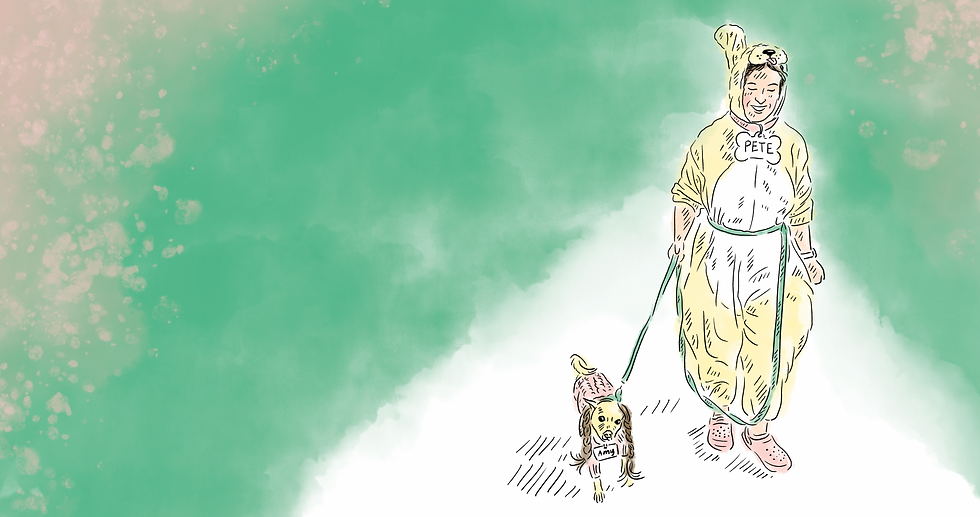Teaching “Non-Blaming”
- Susie Kohl
- 44 minutes ago
- 2 min read

Standing in the hall, an elementary schooler was looking down at a group of preschoolers in the yard below playing musical instruments at top volume. I noticed the boy was holding his ears as he looked on, and I asked what he thought of the music. I was surprised that instead of saying, “They’re playing way too loud,” he said, "I have very sensitive ears so I can’t stay and listen.” He turned and walked toward the playground. How wonderful that at a young age this boy knew enough about himself and his own needs that he didn’t need to blame the preschoolers for making such a raucous sound.
In human life, it’s so much easier to blame than to be accountable for our part in solving a problem. Brené Brown, the well-known author and psychological researcher, explores this tendency in a humorous video called “Two Lessons on Blame from Brené Brown.” In the video, an animated Brené drops her coffee on the kitchen floor one morning, staining her white pants. Her reaction? She immediately blames her husband, Steve, who isn’t there. Brené’s rationale was that Steve got home late the night before, causing her to get less sleep, so she needed a second cup of coffee.
Brené points out that blaming is popular because it allows us to let off emotional intensity like steam and feel more in control. The question is “How can we teach children to be non-blamers, people who can tolerate discomfort long enough to find ways to cope?”
The boy who knew he had sensitive ears must have had an adult who once noticed his discomfort with loud noise, empathized with him, and suggested ways of coping. When he was younger, he might even have acted out during music time or loud play in the classroom. However, instead of blaming him, someone probably got curious about his responses to increased volume and suggested ways he could protect his ears when things got loud.
We can foster non-blaming in children by sharing times we are tempted to blame others but find ways to lower the temperature of our irritation. “I wanted to blame the cashier at the store for being so slow and making me late, but I realize I didn’t allow enough time. Next time I’ll leave earlier.”
The other way to encourage children to problem-solve situations rather than blaming is being empathic with them. When a child blames a sibling for bumping into their block structure, we don’t have to criticize them and give energy to blaming. We can say, “I know, that’s so frustrating that your tower got knocked over when your brother accidentally bumped it. It was such a great tower. Can you think of a safer place to build it where nothing can happen to it?”
Of course, the other antidote to blaming is to offer recognition when children show the ability to take responsibility for their actions and restore their own well-being.




Comments